Whether you are new to catheterizing or you are experienced with catheter usage, you may experience some common problems from time to time. Click on the links below for more detailed information about troubleshooting issues with external, intermittent, or indwelling (Foley) catheters. This article is not intended to replace the advice of a medical professional. Contact your doctor or nurse if the problem recurs or is not easily resolved.
External Catheter Issues:
Although there are some external catheters available for women, the majority of external catheters (condom catheters) available at this time are designed for men. No matter what kind of external catheter you use, the following issues may be common. Fortunately, there are straightforward solutions available.
Problems include:
- Leakage or skin irritation (may have more than one cause):
- Removing the catheter is painful
- Urine backflow
- Catheter is being pulled or tugged
- Urine is not draining into the leg bag or urine collection device
For more external catheter troubleshooting, try the following articles:
- Male External Catheter Troubleshooting Guide
- Male External Catheters and Skin Health
- External Catheter Troubleshooting: Sizing Importance
Intermittent Catheter Issues:
Catheter won’t go in
If the catheter is not sliding in as it should, do not force it. Remove the catheter and try again in a little while. However, if your bladder is full and you are uncomfortable, you will need to visit your nearest emergency department for immediate assistance.
No urine draining
This may happen if lubricating gel has blocked the drainage eyelets on the catheter. Most catheter lubricants are water-based and will dissolve in urine; however, this may take up to two minutes. Coughing can sometimes help to start the flow of urine.
If you have a vagina, make sure that you have not inserted the catheter into your vagina by mistake. If you have, remove the catheter and try again using a new/clean catheter. Do not reuse a catheter that has been in the vagina to reduce risk of transferring germs from the vagina into the bladder.
If you have a penis, make sure that you have inserted the catheter fully into your bladder via your urethra. There should be about 10cm (4 inches) of catheter visible. If you cannot get urine to drain, remove your catheter slowly and gently, and seek advice from your doctor or nurse.
If your bladder is full and you are uncomfortable, you will need to visit the ER for immediate assistance.
Suprapubic or Indwelling (Foley) Catheter Issues:
No urine draining into the bag
This can happen if there are kinks in the catheter or the urine bag tubing. Snug or overly tight underwear can sometimes cause kinks; loose fitting underwear is recommended.
If there are no kinks in your catheter or tubing, it is possible that your catheter is blocked. Catheter blockage is an emergency and needs to be resolved as quickly as possible. In some cases, your catheter may need to be changed.
If there is no urine draining into your bag, take the following steps:
- Check for and remove any kinks in the catheter or the bag tubing.
- Check to make sure that the bag is positioned below your bladder when you are lying, sitting or standing.
- Check that the leg bag straps are fitted correctly and are not causing bag obstruction.
- Visit your local emergency department immediately if you have performed the above checks and you:
- have abdominal discomfort.
- are feeling the need to pass urine.
- are unable to feel bladder fullness.
- If you are not experiencing abdominal discomfort, or the urge to urinate, increase your fluid intake. Drink two glasses of water immediately and if there is no urine drainage after 30 minutes, contact your nurse or go to the ER.
Urine is leaking around the catheter
Also called “bypassing,” this indicates that urine is unable to drain via the catheter; it will leak around the outside of the catheter instead. Check for and remove any kinks in the catheter or the drainage bag tubing.
Urine leakage around the catheter could also indicate that your catheter is blocked (see above). Go to your local emergency department immediately to resolve the blockage.
Other Issues:
Stomach cramps
Cramping pains can happen as a result of the catheter irritating the bladder or as a result of pressure on the bladder from constipation. These are commonly referred to as bladder spasms. If you are experiencing bladder spasms, contact your doctor or nurse for advice. In some cases, medication may be an option and should be discussed with your doctor.
Bladder Spasms
Avoid constipation. Eat a balanced diet and drink 1.5 to 2 L per day unless otherwise advised by your doctor or nurse. Do not increase the amount of fluid in the balloon which holds the catheter in place. If you are having bladder spasms, speak to your doctor or nurse for further advice. Bladder spasms may feel like bad cramps or pains in the area above your pubic hair or in your rectum, and they can be painful.
Cloudy, smelly, discolored urine, pain and discomfort
These are potential signs of a urinary tract infection (UTI). While promptly-treated UTIs rarely lead to complications, undiagnosed and untreated UTIs can be serious if not addressed. The signs and symptoms of a UTI are:
- cloudy, strong and/or offensive-smelling urine
- burning sensation around the catheter
- blood in the urine
- itching and soreness
- high temperature
- overall feeling of unwellness
- discomfort in the lower back or groin areas
If you have any of these symptoms, see your doctor immediately. Your physician may need to test your urine for infection. When taking a urine specimen, ideally the catheter should be changed and the sample taken from a new catheter.
A course of antibiotics may be prescribed to treat the infection. Increasing your fluid intake, unless advised otherwise by your doctor or nurse, may also help to flush the bacteria through the system quickly.
Catheter has fallen out
Your catheter is held in place by a small balloon inflated with sterile water after the catheter is inserted into the bladder. This balloon should prevent your catheter from falling out.
On rare occasions, the balloon might be faulty and deflate, allowing your catheter to fall out. If your catheter has slipped out, or if you accidentally pull out your catheter, contact your doctor or nurse immediately or visit your local emergency department.
Blood in the urine
There should not be any blood in the urine except following some surgical operations on the prostate or bladder. Any blood in the urine should be assessed with urgency by your doctor or nurse.
Click on the links below for more information about catheter troubleshooting:
- Troubleshooting Issues with Foley, Intermittent & Male External Catheters video
- Male External Catheter Troubleshooting Guide
- Male External Catheters and Skin Health
- External Catheter Troubleshooting: Sizing Importance
Reference:









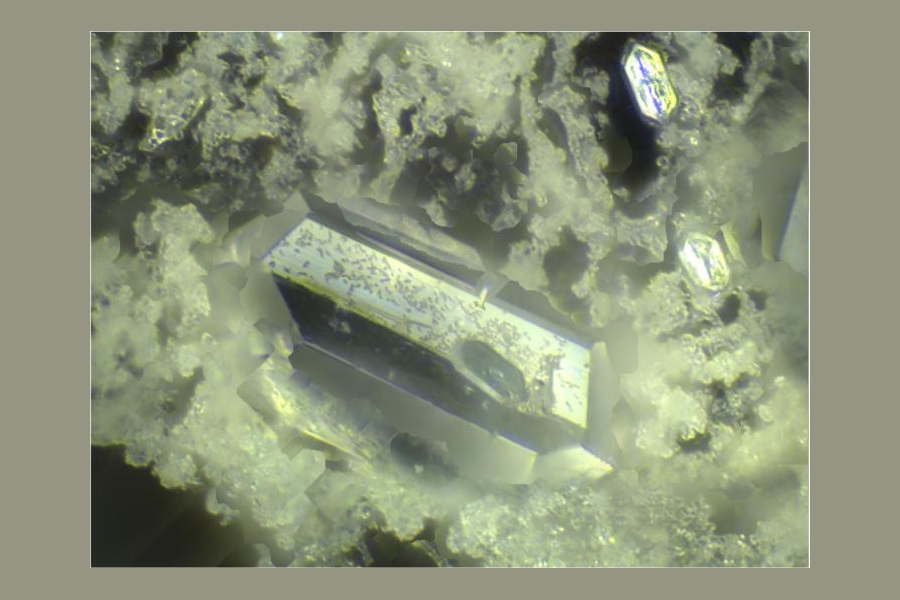

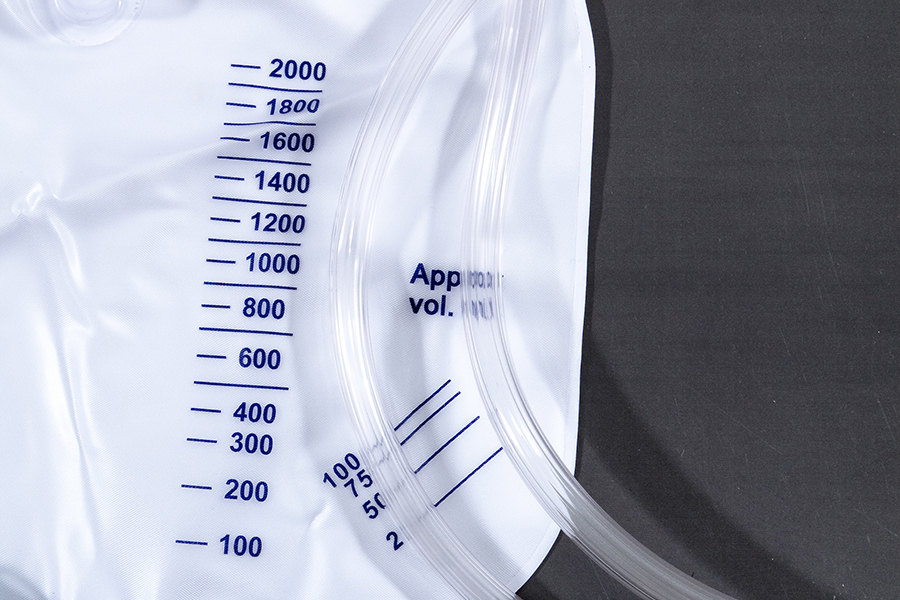



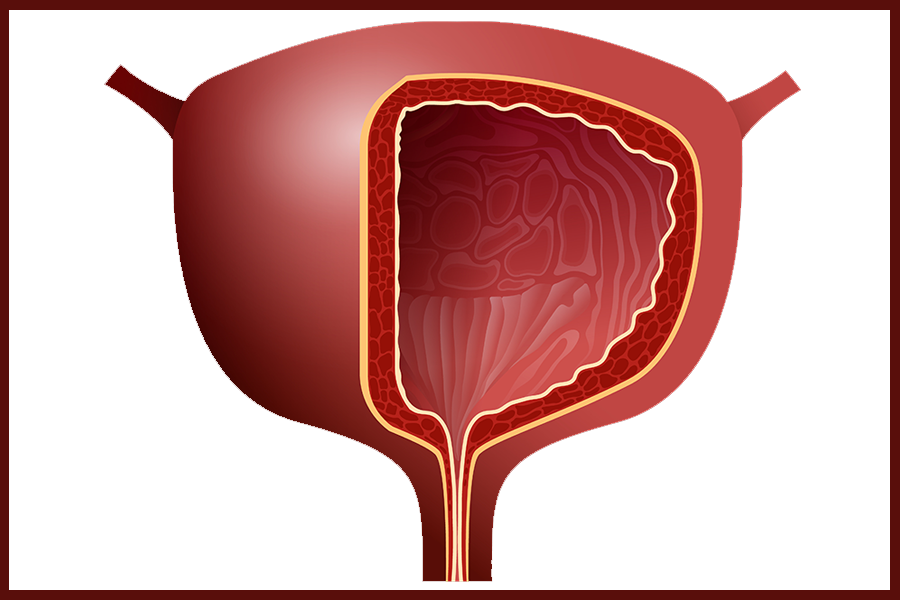
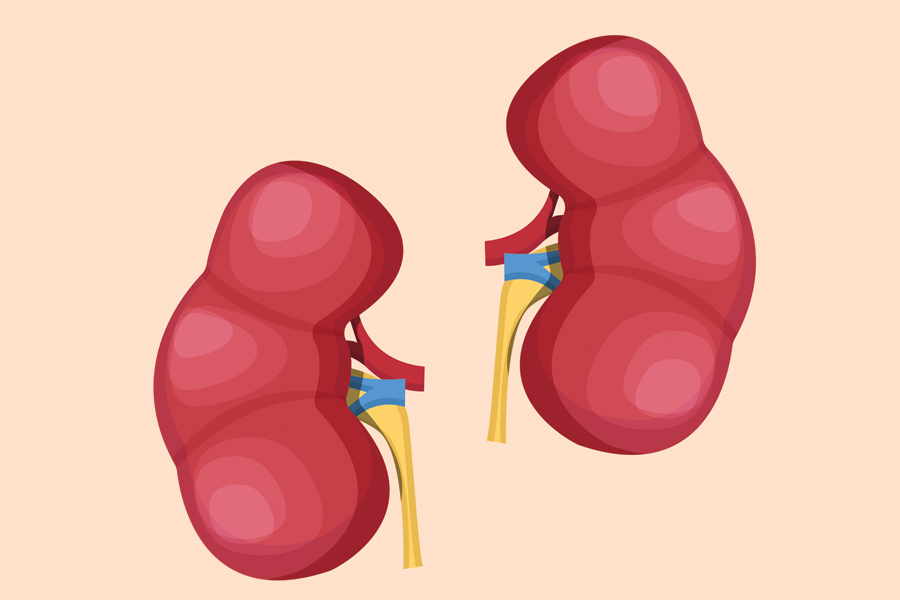
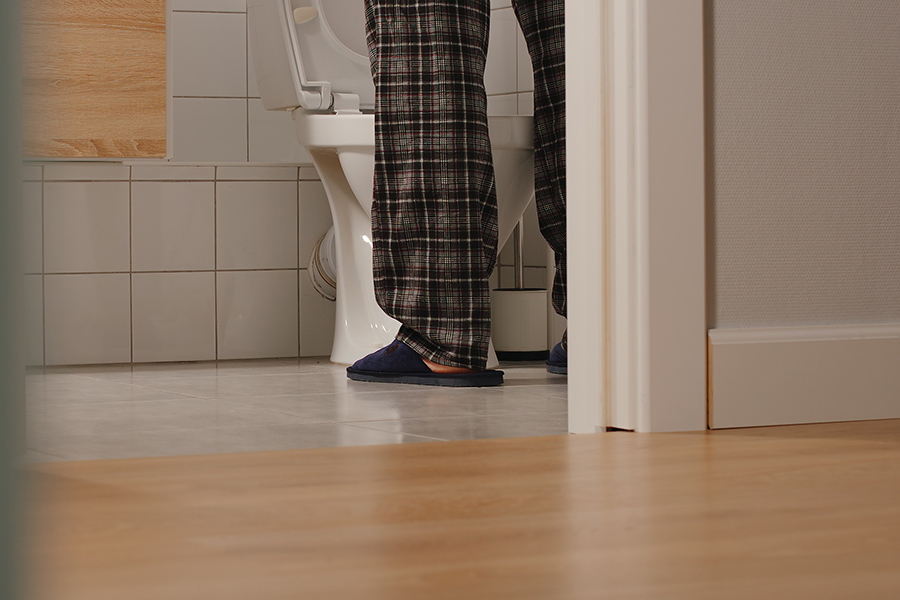
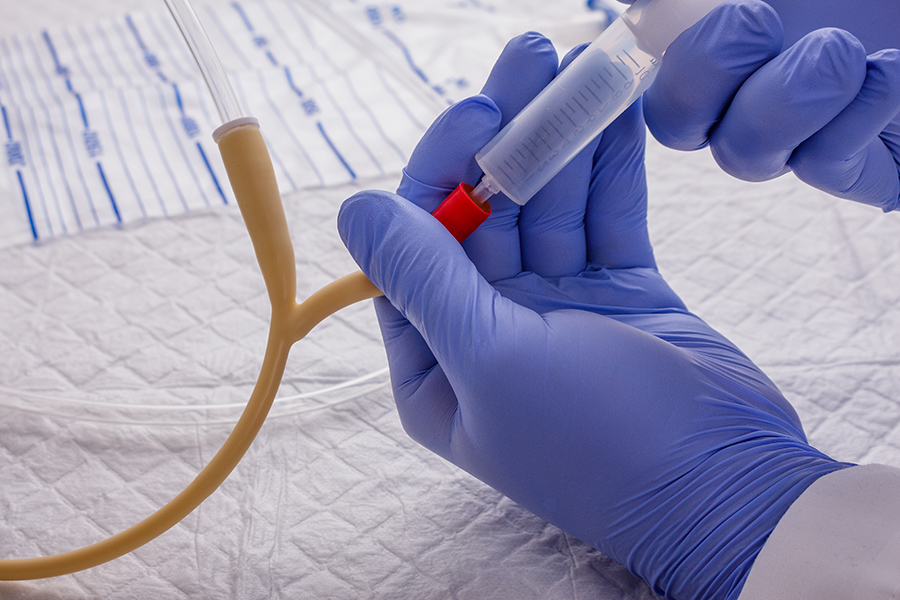

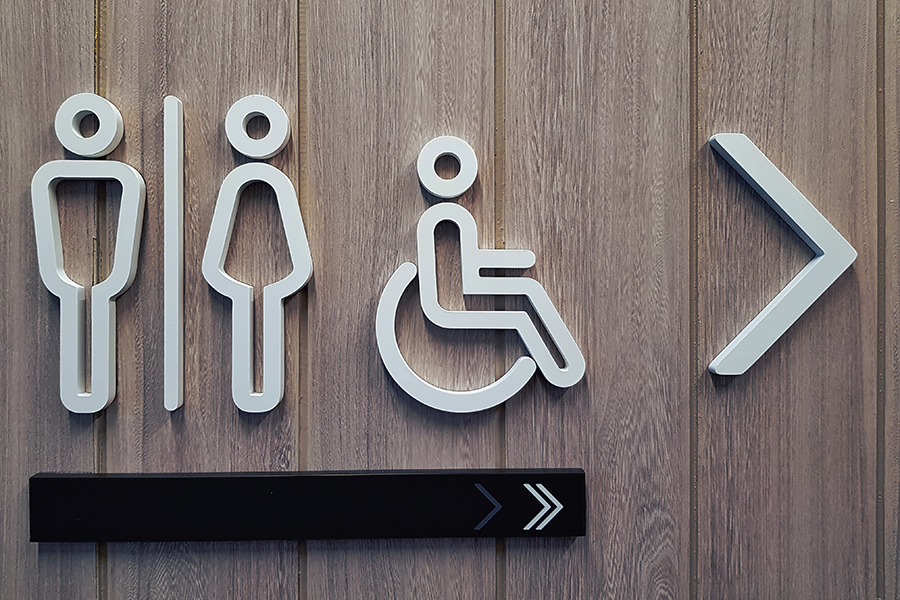
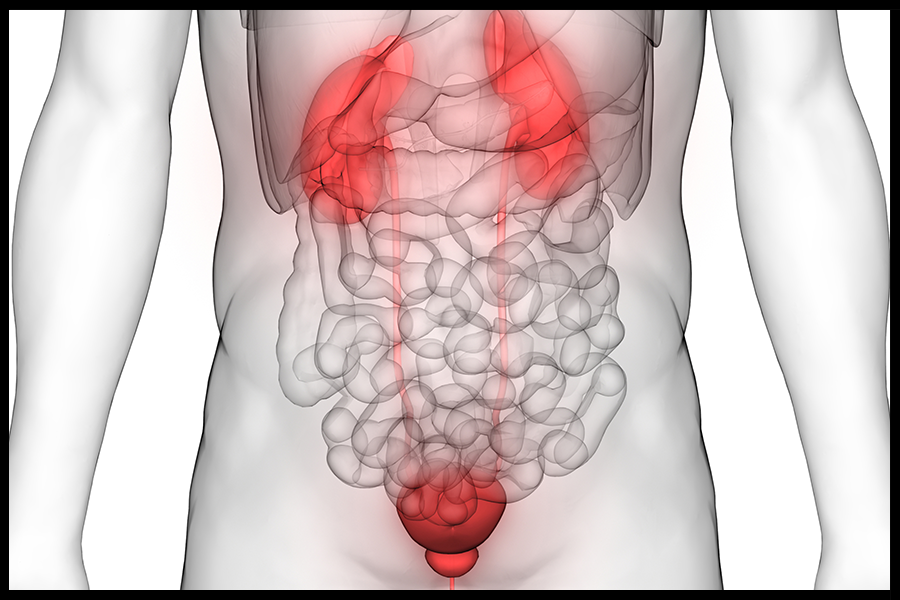
Excellent site. Save my mom lots of pain n an emergency visit
How do u find a funnel small enough to use to pour cleaning solution into the catheter bag? Ty
I have am 22 years old, almost 23. I have had so many issues with indwelling catheters, in and out,(intermittent/clean catheterization technique)as well as 4 suprapubic catheter surguries,in which I currently have placed at the moment. I have Neurogenic bladder disorder,chronic urinary retention and atonic bladder as far as I know. The big question I have tonight,(im sure ill come back for more)is how do you know if you have a “faulty catheter”? what do you do? Currently, my catheter and drainage bag that i have, will not stay connected, and as i like to say, keep “blowing apart”.Even when i go to bed, it does it several times a night, and soaks my bed.It soaks several pairs of pants throughout the day, because it just keeps slipping off. I have pushed it on as far as it will go, cleaned it with alcohol swabs, taped it up etc, but it just keeps coming apart. Can someone please help me, because im exhausted from thinking of what to do, and dont know what to do. i have to stay up all night until i figure out what the next step is or until someone can hopefully help me or direct me with what to do?
Thank you in advance as this is a new one(problem)for me!
Sierra
I have had a catheter in for a few days now and I am not down to the hospital until Thursday,last night I woke up a few times to find that I had a kind of erection 3 times this happened is this okay I just don’t know what to do thanking you Pete
Did you find an answer? My husband is having the same problem with blowing apart. Looked everywhere and cannot find a solution.